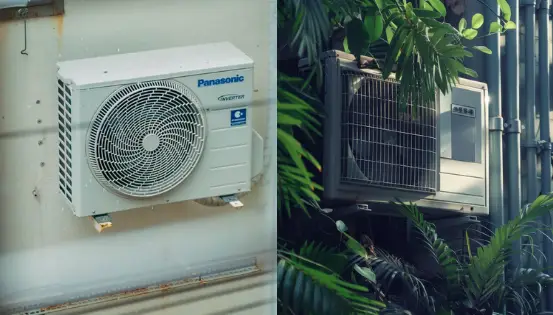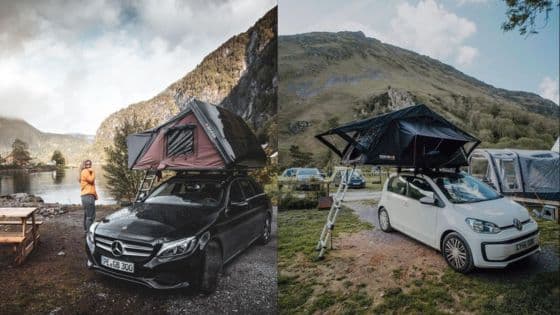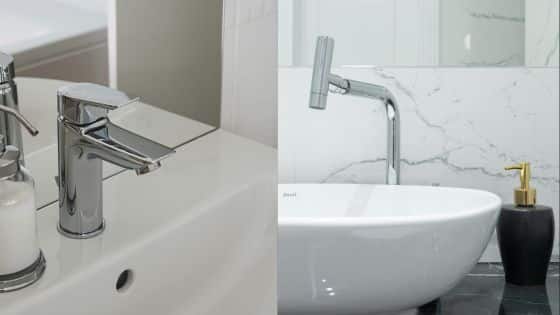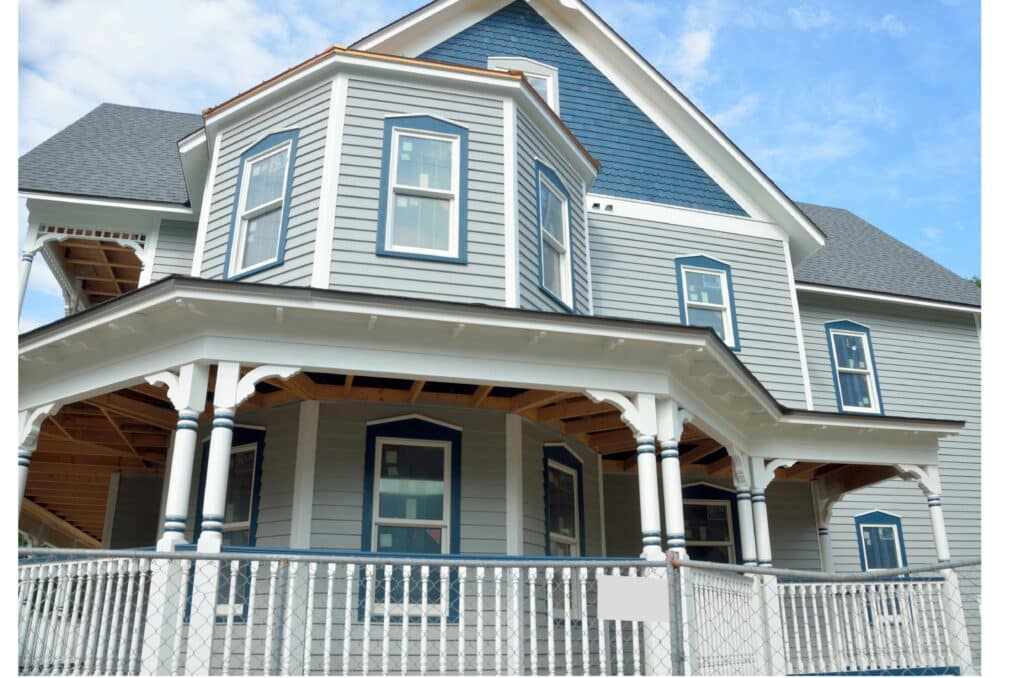
Outdoor design is moving away from the idea that open-air spaces need to be fully exposed. More homeowners are focusing on functional areas that allow them to spend time outside without depending on perfect weather or ideal conditions.
Enclosed structures are becoming part of this shift. Instead of treating the outdoors as a completely separate zone, people are building spaces that feel attached to the rest of the home. They give structure to spaces that would otherwise sit unused half the year. Whether the goal is to relax, entertain, work, or just sit comfortably, enclosed setups are becoming part of the long-term layout rather than an afterthought.
Merge Indoor and Outdoor Comfort
Spaces that connect with the outdoors don’t always need to be wide open. Framed, covered, and partially enclosed zones are being used to create areas that support regular routines like morning coffee, afternoon calls, or quiet dinners. These setups often feel more natural to use because they provide a bit of definition and shelter without fully closing off the outside.
For instance, porch enclosures have become especially useful as they offer a way to use outdoor square footage without worrying about wind, pollen, or unpredictable changes in temperature. Whether added to the front, side, or back of a home, they help shape outdoor time into something less weather-dependent and more reliable. They also offer a chance to personalize the space with seating, lighting, and other comforts that don’t always hold up well in fully exposed conditions.

Create Airy, Protected Spaces
Enclosed areas are no longer designed to feel like afterthoughts or sealed boxes. The focus is on creating spaces that feel open and light, even with built structure. Instead of blocking views or stacking solid walls, people are using wide window framing, screen panels, and open ceilings to keep airflow and light moving through the space.
When the design is kept light and minimal, the space stays flexible throughout the day. The structure provides coverage, but the space still feels connected to everything around it. This has made enclosed setups popular for people who want to sit outside longer without needing to adapt to direct sun, wind, or sudden changes in weather.

Handle Climate with Design
A lot of outdoor spaces go unused because they aren’t built to handle weather patterns. Wind, heat, and temperature swings make it hard to rely on open spaces year-round. That’s where enclosed designs come in. They create just enough of a buffer to make outdoor time more practical throughout the seasons.
Many homeowners are adding simple design elements like ceiling fans, adjustable shades, or screens that filter harsh light while still letting in fresh air. These features give the space more flexibility across different types of weather. Instead of avoiding the area during hot afternoons or breezy nights, the space becomes consistent. It can be used early in the morning, late into the evening, and through changing seasons without a major setup change.
Design for Calm and Light
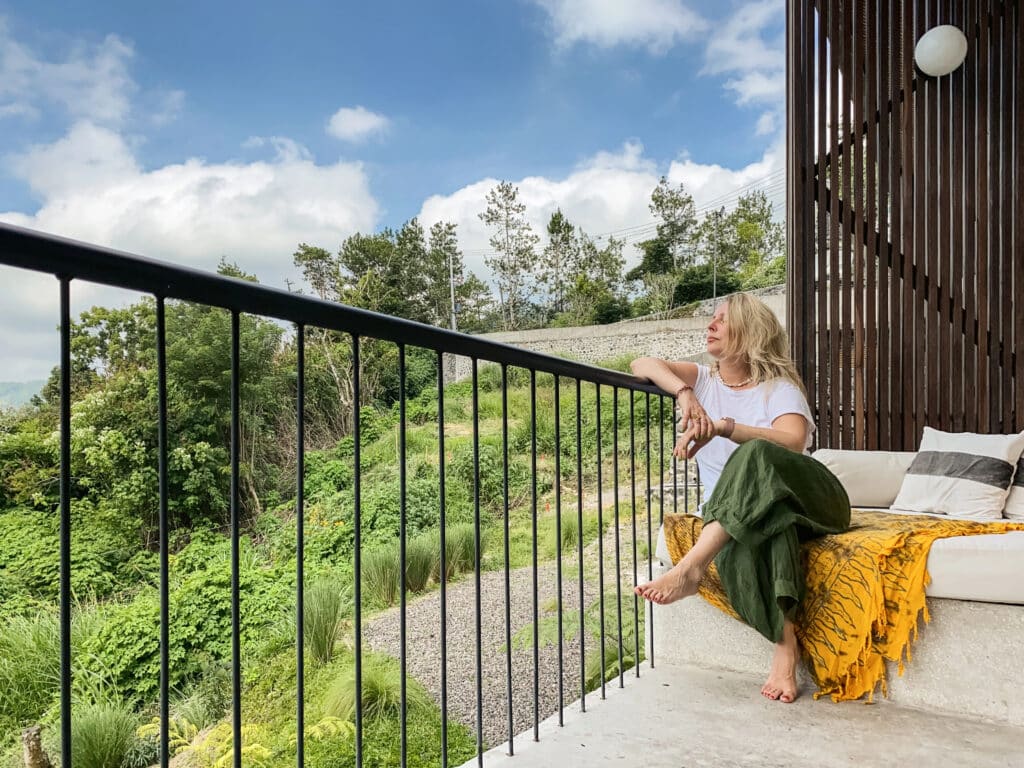
Outdoor areas often get tied to group activities, but enclosed spaces are being used more often for individual routines. A quiet place to sit, read, stretch, or take a break during the day fits into how many people use their homes now. These areas work best when they’re simple, easy to access, and naturally lit.
Natural light remains one of the main reasons people build enclosed outdoor spaces. Soft daylight coming through open panels or screened sections creates a calm environment that feels separate from other parts of the home. When the space is kept quiet, it adds value not just for style, but for daily use.
Use Flexible Panels
Fixed walls aren’t always the best fit for outdoor spaces. More people are choosing retractable panels, screens, or sliding glass to control how open or closed the space feels. These adjustments can be made quickly depending on the time of day, wind direction, or how many people are using the area.
Instead of committing to a fully open or fully enclosed setup, flexible materials allow for change. When privacy is needed, panels slide into place. When airflow is the priority, they can be opened up.
Frame the View

Outdoor spaces don’t have to face the biggest part of the yard. They can be designed around specific views, like a tree, a small garden, or even a distant skyline. Framing them gives the structure a sense of purpose and helps shape how the space is used.
Rather than treating the enclosure like a box to fill, framing the view encourages people to spend more time there. It becomes a place where you notice light patterns, small movements, and natural surroundings.
Update With Style
Older homes don’t always need major renovations to feel current. Enclosed outdoor structures can act as a design refresh, especially when materials and lines are chosen carefully. A simple structure with clean framing, neutral tones, or subtle contrast can modernize the look of a home without touching the main building.
They also offer a way to test new styles. Whether it’s a more natural look with wood and canvas or a clean-lined space with glass and metal, enclosed setups give homeowners a chance to explore new design ideas in a low-pressure way.
Enclosed outdoor structures are changing how people think about exterior space. Whether it’s a quiet spot to start the day or a flexible area to gather in the evening, they add function without demanding constant maintenance or ideal conditions.
- 5shares
- Facebook0
- Pinterest5
- Twitter0
- Reddit0








